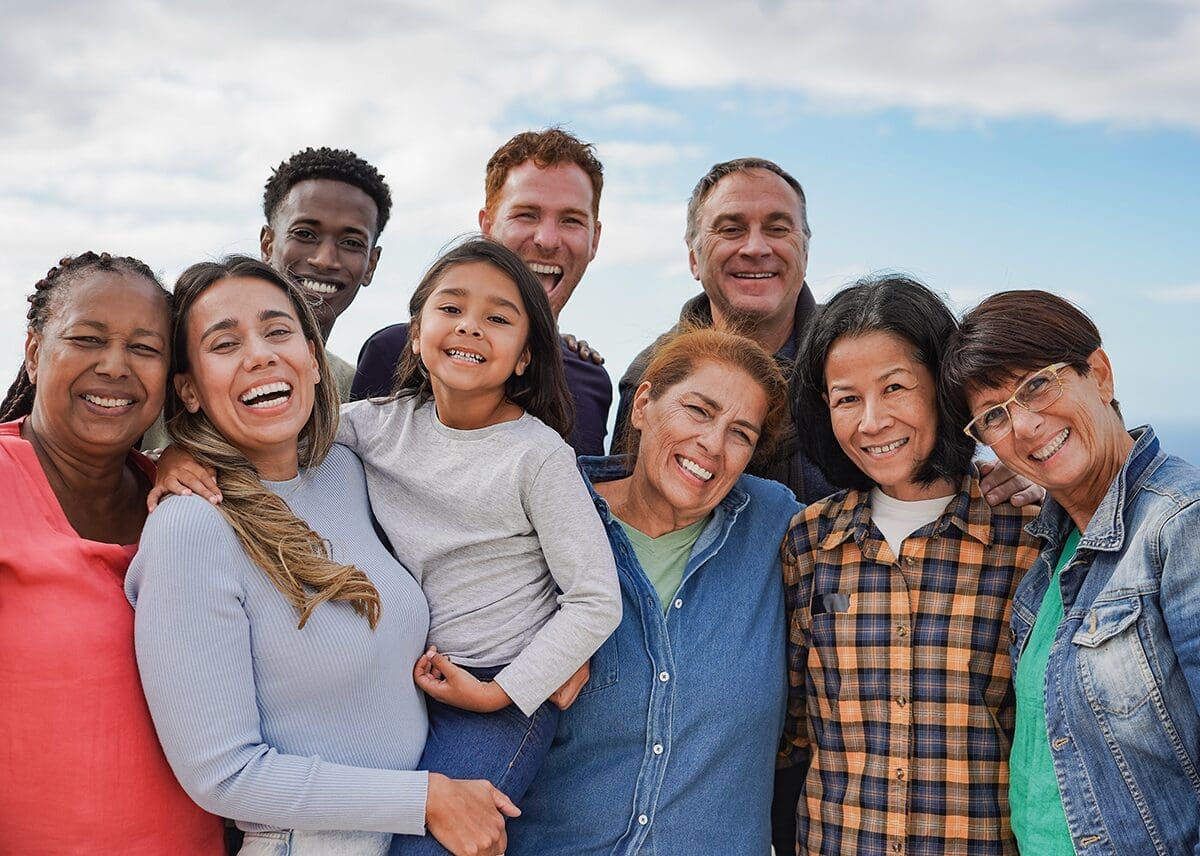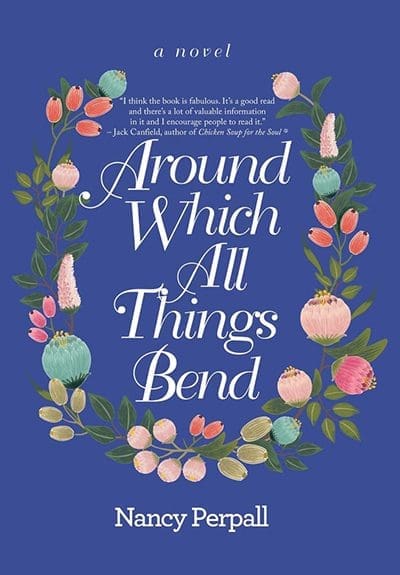We live in a time when the environment we need to sustain love and friendship is being stressed in new ways. Marriage rates have plunged to historic lows, resulting in half of the adults in the United States being single compared to 22 percent in 1950. While those who are single by choice aren’t necessarily lonely, those who are single not by choice – but by circumstance – are more likely to be. Loneliness has become what many health experts describe as a full-blown epidemic that predates the COVID-19 pandemic.
My research on the effects of love and friendship has convinced me that a healthy love life and healthy friendships (not toxic ones we sometimes tolerate) are as necessary to a person’s wellbeing as nutritious food, exercise, or clean water. Evolution has sculpted our brains and bodies specifically to build and benefit from love in the nature of lasting romantic and friendship relationships. We unconsciously look to our partners, family, and close friends for unconditional love, approval, and support, just as a baby looks to its parents for this.
These theories are informed by several decades of research in the fields of attachment theory, social baseline theory, and neuroscience. But the price we pay for this evolutionary protection and connection can result in over-reactivity in our close relationships. This over-reactivity sometimes breeds negativity and can obscure our partner or friends’ positive traits. According to a Developmental Model of Relationships by researchers Dr. Ellyn Bader and Dr. Peter Pearson, all relationships move through predictable stages from the early romantic phase, where we focus on the similarities and sameness between people, to the next phase, where we realize that we are in fact quite different. When differences become apparent, conflict often begins to evolve. While some couples and some friendships manage to negotiate this and move on to the next phase of the relationship, many don’t. At this stage, a couple may turn to divorce, or friends turn away from each other.
If our focus gets stuck on our partner’s or friend’s perceived “flaws,” a mindset develops that looks for more and more evidence to support our feeling that we are mismatched with our partner or have nothing in common with our friend. This is what Dr. John Gottman, the godfather of relationship research, calls “negative sentiment override.” As a result, we become stuck in seeing our partner or friend’s negative side.
Gottman says that the way to turn things around if you want the relationship to endure is to try to see your partner or friend more positively. Make a bid for connection, meaning find a way to connect by asking about their day, doing something for them, bringing them a gift, sending them a written note (not a text), find something positive about them, even if you have to actively look for it, then complement them on it. Rituals of connection are the way to overcome the “negative sentiment override.” These include establishing a ritual like kissing a partner goodbye when you leave for work or part for some reason. According to Gottman, the kiss should be at least 6 seconds (known as the 6-second rule) and a hug at least 20 seconds, which both trigger the release of oxytocin, which helps both couples and friends bond and feel trusting of each other. When parting with a friend, a kiss on the cheek should be more than a peck, and a hug should also be at least 20 seconds.
Many adults and kids spend a great deal of time preparing for Halloween. Planning things like their costume, a Halloween party, and the route they’ll take trick or treating. When planning to celebrate October 14, National I Love You Day, consider looking into Dr. Gary Chapmen’s 5 Love Languages, words of affirmation, acts of service, receiving gifts, quality time, and physical touch. Although written for couples, the concept holds true for friends, siblings, parents, children, and relationships, including pets. Here’s the link to a quiz you can take about Love Languages: 5lovelanguages.com/quizzes.
You don’t have to speak the same Love Language as your partner or friend. You just have to make space for each other to be heard and understood. The important thing is to understand what makes you, your partner, and your friends feel happy and loved. When we honor someone’s love language, we make them feel cared for and understood; we make them feel loved. In understanding our love language, we know our own needs and what to ask for from our partner and friends.
When the happiness of another person is essential to our own, we know love. On October 14, say I love you to whoever needs to be loved.
What do you think? Please feel free to leave a comment below.





What a happy thought that there is a national “I Love You” day. Reading Nancy’s blog always leaves one with uplifting thougths and that’s good medicine!